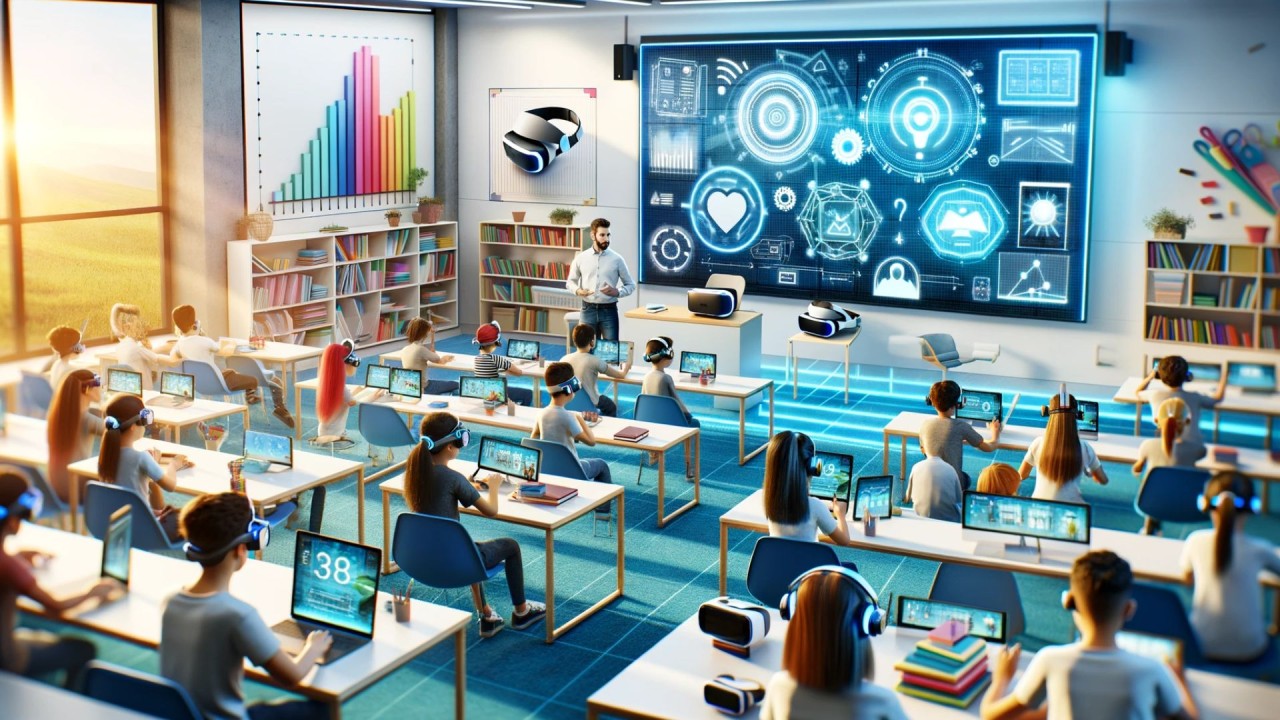In the ever-evolving world of digital art, technology continuously transforms how artists create and engage with their craft. One of the most groundbreaking advancements is the rise of AI-driven design tools. Mastering Adobe Firefly and similar applications are leading this charge, empowering artists to push the boundaries of creativity while streamlining their workflows. This article explores the future of digital art through the lens of AI-driven design tools, discussing their benefits, potential challenges, and the implications for artists in various fields.
The Rise of AI in Digital Art
Understanding AI-Driven Design Tools
AI-driven design tools use machine learning algorithms to assist artists in creating artwork, automating repetitive tasks, and generating unique visual elements. These tools can analyze vast datasets, enabling them to understand artistic styles, color theories, and design principles. The result is a more efficient creative process, allowing artists to focus on ideation and conceptualization rather than mundane tasks.
Why AI Tools Are Gaining Popularity
- Efficiency: AI tools significantly reduce the time required for various tasks, from sketching to rendering, enabling artists to complete projects faster.
- Enhanced Creativity: By generating unique suggestions and options, AI can inspire artists to think outside the box and explore styles they might not have considered.
- Accessibility: With user-friendly interfaces and powerful functionalities, AI tools make digital art more accessible to novices, democratizing creativity.
Key Features of AI-Driven Design Tools
1. Intelligent Image Generation
AI-powered tools can generate images based on user prompts or pre-set styles, allowing artists to quickly produce high-quality visuals. For instance, Mastering Adobe Firefly showcases how AI can create stunning graphics and designs with minimal input, giving artists a robust starting point for their projects.
2. Style Transfer
Style transfer technology enables artists to apply the visual style of one image to another. This feature is particularly useful for designers looking to create unique artwork that blends various artistic influences, making it easier to achieve a distinct look without extensive manual adjustments.
3. Automatic Enhancement
AI tools can automatically enhance images, improving aspects such as brightness, contrast, and saturation. This feature allows artists to save time on post-processing and focus on the creative aspects of their work.
4. Collaboration with AI
AI-driven design tools can work alongside artists, learning from their preferences and styles over time. This collaboration results in a more personalized creative experience, where the AI adapts to an artist’s unique vision.
The Benefits of AI-Driven Design Tools
1. Streamlined Workflows
With the integration of AI tools, artists can streamline their workflows, enabling them to produce high-quality work more efficiently. By automating repetitive tasks, artists can dedicate more time to creative exploration and experimentation.
2. Increased Productivity
The speed and efficiency of AI-driven tools allow artists to handle more projects simultaneously, increasing overall productivity. This capability is especially valuable in commercial settings where deadlines are tight.
3. Expanding Creative Possibilities
AI tools encourage artists to experiment with new styles, techniques, and ideas, ultimately expanding their creative horizons. The suggestions provided by AI can lead to unexpected and innovative outcomes, enriching the artistic process.
4. Enhanced Collaboration
AI-driven design tools can facilitate collaboration among artists, designers, and clients. Real-time feedback and modifications streamline communication, ensuring that all parties are aligned throughout the creative process.
Challenges and Considerations
1. Authenticity and Originality
One of the most significant concerns surrounding AI-driven design tools is the question of authenticity. As AI-generated images become more common, artists may grapple with the idea of originality in their work. Striking a balance between using AI as a tool and maintaining one’s artistic voice will be essential.
2. Over-Reliance on Technology
While AI tools offer numerous advantages, artists must be cautious of becoming overly reliant on technology. It’s crucial to maintain a strong foundation in traditional artistic skills and techniques to ensure creativity and originality in the long run.
3. Ethical Implications
As AI-generated content becomes more prevalent, ethical considerations regarding copyright and ownership arise. Artists must navigate these complexities to protect their work and maintain integrity in the digital art landscape.
The Future of Digital Art: Embracing AI-Driven Design Tools
1. Evolution of Artistic Roles
As AI continues to evolve, the role of the artist may change. Rather than solely being creators, artists may become curators of AI-generated content, selecting and refining the best outputs to align with their vision.
2. Integration with Other Technologies
The future of digital art will likely see increased integration of AI tools with other technologies, such as virtual reality (VR) and augmented reality (AR). This combination can create immersive experiences that challenge traditional notions of art and design.
3. Education and Training
As AI-driven design tools become more mainstream, educational institutions will need to adapt their curriculums to include training on these technologies. Artists must develop the skills necessary to harness the power of AI while maintaining their unique creative identities.
Conclusion
The future of digital art is undeniably intertwined with the rise of AI-driven design tools. By Mastering Adobe Firefly and similar applications, artists can unlock new levels of creativity, efficiency, and collaboration. However, as we embrace these technologies, it’s crucial to remain vigilant about the challenges they present, including authenticity and ethical considerations. As the landscape continues to evolve, artists who adapt and leverage AI will be well-positioned to redefine the boundaries of creativity. With the advent of tools like AI for Firefly image generation, the possibilities are endless, paving the way for a vibrant future in digital art.





